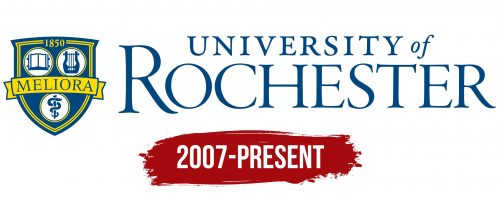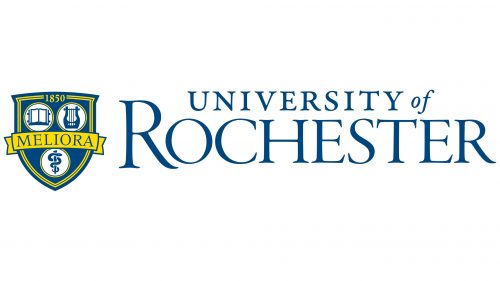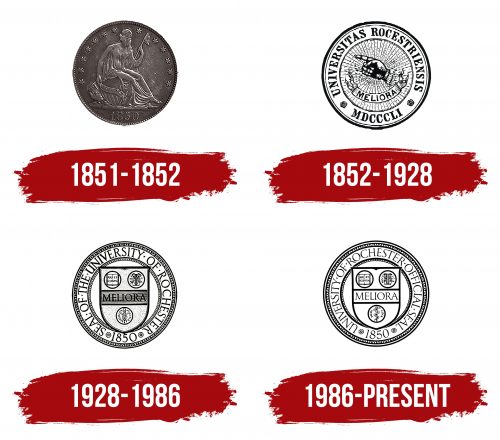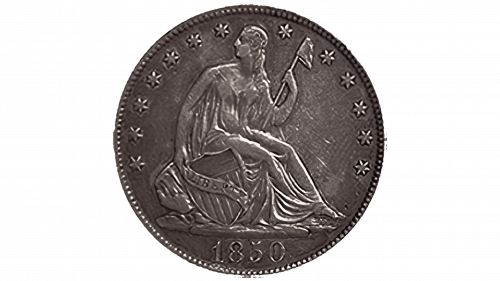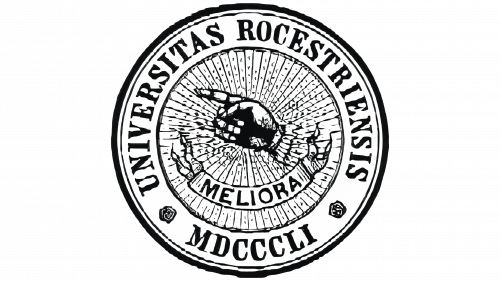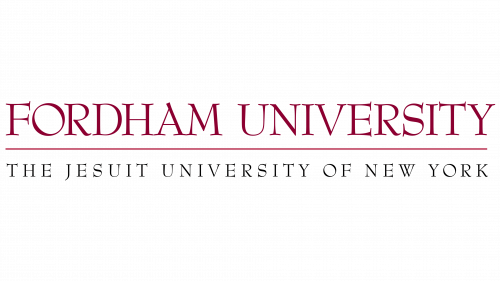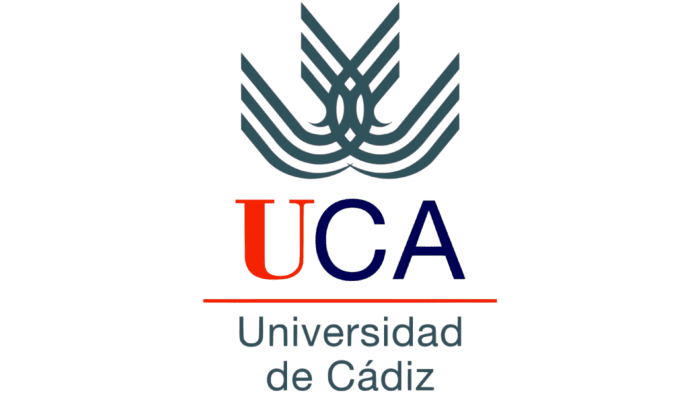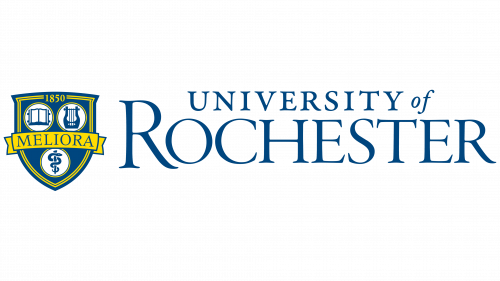 University of Rochester Logo PNG
University of Rochester Logo PNG
The logo of the University of Rochester has had its unique appearance at different times, possessing a distinct individual charm. The modern version is no less significant than its predecessors. It also carries deep meaning, emphasizing the prestige of the private institution, its high status, and the fundamental knowledge represented across various fields and disciplines. Today, the University of Rochester employs more than 3,000 faculty members who uphold the organization’s traditions, are dedicated to their calling, and help students surpass themselves, laying a solid theoretical and practical knowledge foundation.
The stylish and authentic logo stands out due to its detailed elements, which are memorable and enhance its recognizability. The logo is always noticeable among the identities of other educational and research institutions. It is unmistakable, as the symbols of the logo harmoniously blend colors, and the combination of dynamism and stability creates a unique visual image.
University of Rochester: Brand overview
A group of Baptist leaders chose to build a new institution in the expanding city of Rochester, New York, in 1850, marking the beginning of the University of Rochester’s (UR) history. This endeavor aimed to establish a school that would serve the local community’s educational requirements and uphold the progressive ideals of the day.
The university officially opened on November 1, 1850. At first, just 60 students enrolled, and classes were housed in downtown Rochester’s historic United States Hotel. As the first president, Martin Brewer Anderson oversaw operations until 1888, setting the stage for future growth.
The institution had financial difficulties in its early years, but these were resolved with the community’s help and generous donations, especially from businessman John Wilder. The move to a new campus on Prince Street in 1861 made expanded facilities possible.
Establishing a women’s college in 1877, which eventually became a component of the university, was a turning point in the institution’s history. This decision reflected the institution’s progressive stance and dedication to equalizing educational opportunities.
The institution expanded and changed during the late 19th and early 20th centuries. The Eastman School of Music, named for George Eastman, the creator of Kodak and one of the university’s biggest supporters, was established in 1900.
The university saw substantial growth during the 1920s. In 1925, with the help of a generous donation from George Eastman, work began on a new campus beside the Genesee River. This undertaking, dubbed “River Campus,” became a momentous occasion in the institution’s chronicles and shaped its terrain for many years.
The Great Depression of the 1930s severely impacted the institution, but it got through this difficult time with capable administration and community support. The Medical Center, established in 1930, has since grown to be one of the nation’s top medical schools.
University life saw additional modifications after World War II. The institution participated in numerous war-related research projects, and many of its professors and students served in the armed forces. The G.I. Bill allowed a notable increase in student enrollment following the war.
The institution’s research operations saw growth during the 1950s and 1960s. The Laboratory for Laser Energetics, established in 1955, has become one of the top hubs for laser technology development.
Growth continued in the 1970s. After its founding, the Center for Visual Science emerged as an ophthalmology and vision research leader. During this time, the institution also improved its standing in the humanities and arts.
Major infrastructure investments were made during the 1980s and 1990s. New academic buildings, research labs, and student dorms were built. The School of Medicine and Dentistry opened a new campus in 1996.
At the turn of the century, the institution continued to enhance its standing as a top research university. Since its founding in 2000, the Center for Computational Science has been key in advancing multidisciplinary research.
A fundraising initiative, “The Meliora Challenge,” was established in 2005 to obtain $1.2 billion to advance academic programs, research, and facilities. The campaign successfully concluded in 2016, raising $1.37 billion and surpassing its original goal.
The School of Medicine and Dentistry’s Clinical and Translational Science Building opened its doors in 2007. This greatly increased the university’s capacity for medical research and instruction.
A brand-new Center for Innovation and Entrepreneurship was established in 2011 to assist student-run businesses and foster relationships with the business community.
2013 was significant when the Memorial Art Gallery enlargement project was completed, greatly enhancing the environment for art exhibition and research.
Ronald Rettner Hall for Media Arts and Innovation, a new student facility supporting multimedia and digital arts initiatives, was inaugurated in 2014. It is furnished with cutting-edge technology.
The Data Science initiative, launched in 2015, aims to develop multidisciplinary research and teaching programs in data analysis. As part of this endeavor, a new Data Science Institute was established.
The new Golisano Children’s Hospital was constructed in 2016, greatly enhancing pediatric care in the area.
Wegmans Hall, the new home for the quickly expanding computer science and data science programs, opened its doors in 2017.
In 2018, a new initiative, “The Next Level,” was unveiled to enhance the institution’s standing as a top research university.
2019 witnessed large investments in research infrastructure. Opening a new Center for Advanced Optics and Photonics consolidated the institution’s dominance.
Despite obstacles from around the world in 2020, the institution kept growing. A new Center for Artificial Intelligence in Healthcare was established, combining AI and medical research.
The institution’s standing in cancer research was reinforced in 2021 by opening a new Cancer Immunotherapy Center.
The university maintained its rise in national rankings during this time, particularly in medicine, optics, and music education.
Additionally, the institution strengthened its relations with other countries by forging new alliances and raising the quantity of faculty and student exchange programs.
Research capabilities were continually enhanced, emphasizing multidisciplinary initiatives and breakthroughs. Several new research institutes, such as the Center for Quantum Information and Optics, were established.
The University of Rochester is represented by the Rochester Yellowjackets, a team that competes in NCAA Division III across various sports, including basketball, soccer, and swimming. The Yellowjackets are known for their dedication to athletic excellence and academic achievement, reflecting the university’s commitment to a balanced student experience. The university provides its student-athletes with strong support through top-notch facilities and a focus on personal development.
The institution has produced several notable alumni, including well-known scientists, politicians, business executives, and artists. It is especially well-known for its contributions to medicine, physics, and optics.
As a result, the institution has a history of constant innovation, development, and adjustment to society’s shifting demands. It has grown from a modest college to a large research institution and continues to have a major impact on science and education locally and nationally.
Meaning and History
What is University of Rochester?
A private research university is known for its emphasis on research. It offers various undergraduate and graduate programs in several disciplines, including business, engineering, medicine, arts, and sciences. The university is home to the esteemed Eastman School of Music, which is often ranked among the top music programs in the country. Rochester’s unique open curriculum gives students much freedom to create academic paths. The institution operates the Rochester Medical Center, an important center for patient care and medical research. Rochester’s small, riverside campus offers cutting-edge resources for learning and research in a friendly community atmosphere.
2007 – today
The University of Rochester’s logo is based on its heraldic seal, emphasizing continuity and identity. This is fitting, as the seal and logo should convey a unified idea and shared meaning.
The original shield with a double outline and symbolic images is placed to the left of the university’s name. It represents a collection of symbols carrying key significance. At the shield’s center is the motto — a single word, “Meliora,” proclaiming: “Ever Better!” Blue letters on a beautiful yellow ribbon shine like the sun, lighting the way for those seeking truth. This word indicates the challenging path where the right choices must be made.
At the top of the shield, splitting the outline is the founding year — 1850. The color of the numbers matches the shade of the outline, giving the blue background a mystical beauty. The shield is visually divided into three separate sections. Along the horizontal line, in light circles, are a book (on the left) and a harp (on the right). In the lower section of the shield, also in a circle, is a caduceus — the messenger’s staff.
The university’s name is highlighted in blue against a white background. Two types of fonts are used, creating additional emphasis on the identity. The word “University” is placed above “Rochester” and written in elegant capital letters. Italics are used for the preposition “of,” which is aligned with the word “University.”
The University of Rochester seal has been modified four times, with each new version gaining unique features and an original appearance. The latest variation is considered the most distinctive, combining traditional symbols with innovative elements that have significantly transformed the modern seal.
The Seal
1851 – 1852
The first seal of the University of Rochester was introduced in 1851 and had a traditional round shape. It appeared original, featuring a symbol of liberty in the center, which had already been used on one of the circulating currency notes. The image was sharp and realistic: a figure holding a flag that indicated the university’s connection to a specific territory.
Small stars adorned the seal in a circular pattern, with 13 stars evenly spaced. The year of the private American institution’s founding—1850—was displayed at the bottom of the seal.
1852 – 1928
In its new transformation, the seal took on a completely different appearance. It became richer in informational details, forming its content’s foundation. The textual element was written in Latin with bold letters. Along the upper edge of the seal, the text was surrounded by two black outlines. The lettering was black on a white background, which served as a base for all the seal elements. Around the circle was the name of the educational institution.
At the center of the seal was a realistic depiction of an upward-pointing hand with an index finger raised. The meaning of this gesture remains a mystery to this day. It could have symbolized a quest for truth or emphasized the importance of key moments. For the first time, the motto “Meliora” appeared on the seal, placed on a ribbon that harmoniously drew attention. The motto underscored the symbolism that knowledge is the foundation of existence.
1928 – 1986
In 1928, a seal was introduced that would serve as the foundation for various versions over the coming decades. Compared to its predecessors, this seal is the most informative, conveying the key principles of the university’s mission. Its content emphasizes the importance of knowledge and includes symbols representing the expansion of academic programs and fields of study. Including a book, a harp, and a symbol of medicine highlights the diversity of the disciplines taught.
The seal contains five outlines, each drawing attention to specific images. At the center is a shield, the main element of the seal. Elegantly inscribed in its center is “Meliora,” a motto that would become integral to future seals and the university’s logo. The shield and the other images create a harmonious and balanced composition, emphasizing the university’s foundation and stability.
1986 – today
The seal introduced in 1986 remains relevant today. It reflects the university’s core principles and stands out for its original graphic design. At the same time, it is more concise than previous versions.
The seal is characterized by the simplicity of its presentation, expressed through textual elements and illustrations. The design features five different framed outlines, with both the outer and inner contours adorned with ornamental elements. The seal’s multilayered and multifaceted nature are its main strengths.
The textual elements include the university’s name and motto, rendered in graphic, superscript letters. At the center of the seal, the shield is prominently featured, incorporating symbolic images representing various fields of knowledge. The book, harp, and symbol of medicine, which have been consistent elements in the university’s past two seals, occupy a central place on the shield, emphasizing their importance and the continuity of tradition.
